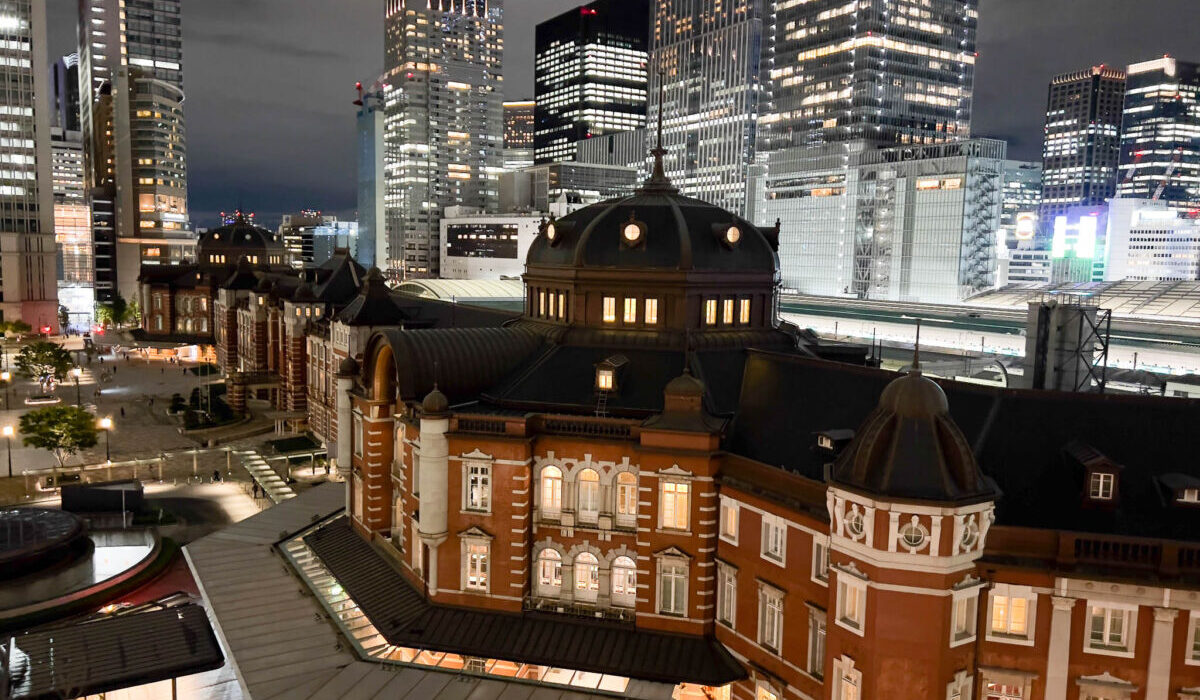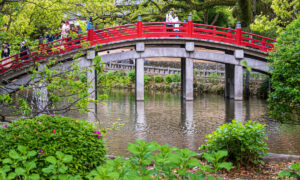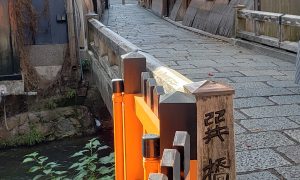The efficiency of Japanese trains are legendary.
I learned recently on a trip to Japan that the trains live up to their reputation. The legends are true.
They are clean and quiet and some of them have a very cool look.
We had an opportunity to ride on both the local trains and the Shinkansen the fast trains during a three week adventure in the Land of the Rising Sun.
What was so great?
Well, first the efficiency. Yes, they are on time and as a passenger you need to be punctual as well.
It didn’t matter if we were on a local train or the super fast bullet train, you go to the station, get your ticket, read the signs to find the platform.
Then you find the spot on the platform labeled with your car number.
This was where it got efficient.
We stood in that spot, waiting for the car to arrive. When it zoomed into the station and stopped, the people on the train would get off within a minute or two, and then we got on and whoosh, off the train went. A matter of minutes. Under five.
I was curious about this and discovered that this is a reflection of the Japanese Cultural trend called “uncertainty avoidance.” Doing a little research I learned that Japan’s uncertainty avoidance is partly attributed to the constant threat of natural disasters such as earthquakes, tsunamis and typhoons, which require people to be prepared for such contingencies. It is an interesting concept.
We also learned large suitcases are very difficult. One can only travel with carryon size without considerable effort. There’s no storage for large luggage on the train.
Traveling light helps to make it easy to get on and off quickly. Interestingly, Japan has a system of shipping large luggage cases from one hotel to another so that you can travel with small cases. Also, most hotels include all kinds of amenities from from tooth brushes, slippers, Pj’s and everything you might need so that your case can be small.
The trains were incredibly clean. Japan is in general one of the cleanest countries in the world and the trains live up to this tradition. We waited on the platform at one point when a train was cleaned. The crew got on, swooshed through the car, polishing and sanitizing and off in minutes. They then bowed to us before they went on to the next car.
These trains are quiet. No one talks loudly or even talks at all. It is considered rude. There are special areas if you want to have a cell phone conversation. This sign on the seat in front off me is an example of the importance of the quiet time. No computer clicking?
The bottom line on this sign on the back of the seat in front of me reads, “Please be considerate of other passengers when using your computer (keyboard noises, etc.)
The bullet trains were amazingly smooth and fast. My husband explained to me that this is because the system is called Maglev which work with a technology of elevation not wheels. They can travel 200 miles an hour.
I found the train stations to be interesting on their own. The one in Kanazawa featured incredible architecture. Most stations were chock-o-block of stores, places to eat, luggage storage while serving as a meeting for people.



















Comments
1 CommentMargaret Idema
Aug 1, 2023I love the order of things in Japan, as you repport it. The culture there seems SOOOO orderly, I wonder if it would be dull living there! What? No computer clicks on the trains? No food? Actually, it might be refreshing from the “disorderly” lifestyle many of us lead here in the U. S. Thanks for this blog…giving serious thought to planning a Japan trip.